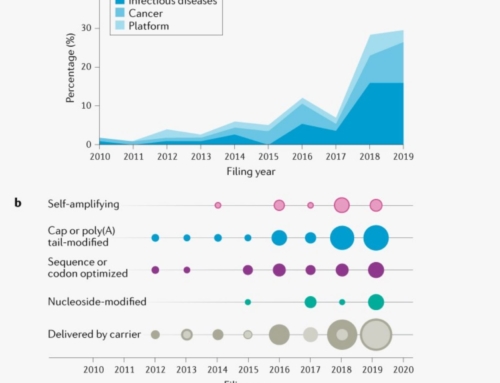By Bruce Rubinger and Jason Hannon
February 12, 2020
AI and its diverse applications (eg, machine learning and deep learning) have seen significant market growth in the past decade and are on the cusp of transforming many industries. As one of the hottest technologies, AI underpins the performance of:
- data centers;
- voice assistants;
- targeted ads;
- medical diagnosis;
- product development;
- oil prospecting;
- insurance;
- security;
- driverless cars; and
- other needs.
Empowering this transformation are specialised AI chips designed to optimise specific applications. This article highlights the deep insights that can be gleaned in a crowded market from an accurate IP landscape analysis of the opportunities for creating strong IP portfolios and the IP positioning of players in this critical AI-enabling sector.
Areas that use AI for the Cloud range from cloud computing applications to digital assistants, self-driving and autonomous vehicles, and medical diagnosis. AI has also been adopted for advanced product development, as illustrated by the semiconductor industry, where it is employed to address the growing complexity of chip design. It is reported that AI processors implementing neural networks improve performance beyond that of other analytical techniques for diverse applications. These benefits have spurred the development of AI chips that can process data faster and more efficiently.
The semiconductor market for AI-related chips is projected to grow substantially over the next few years. Mckinsey & Company predicts a tripling in revenue for AI chips from $17 billion to $65 billion (see Figure 1). By 2025 such revenue is expected to account for nearly 20% of semiconductor sales. Other studies (eg, by Research and Markets) predict that the global AI chip market will reach $90 billion by 2025, growing at a compound annual growth rate of 45.2% from 2019.
Figure 1: Growth for semiconductors related to AI is expected to be five times greater than growth in the remainder of the market
Access the Full Article
By submitting your information to access this article, you consent to Global Prior Art to use this information to keep you informed about products, services and events.
This paper was originally published by IAM in multiple installments. Republished with permission.



